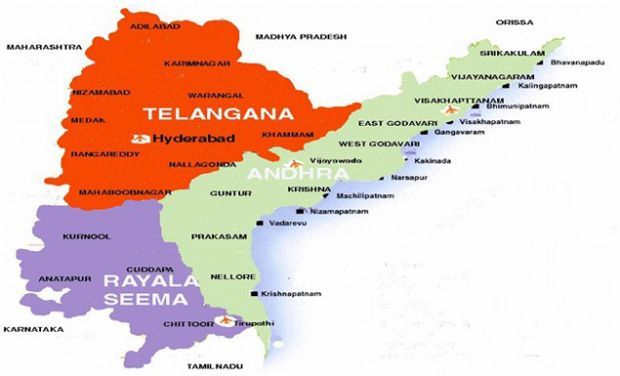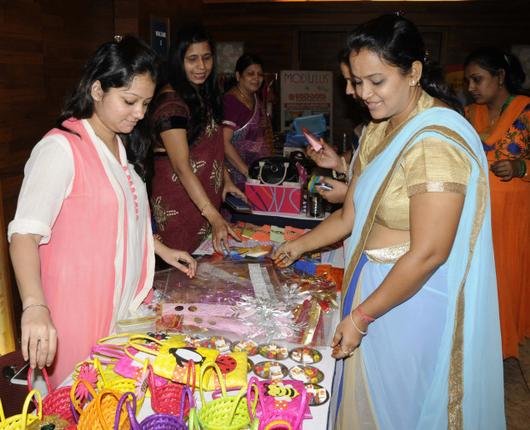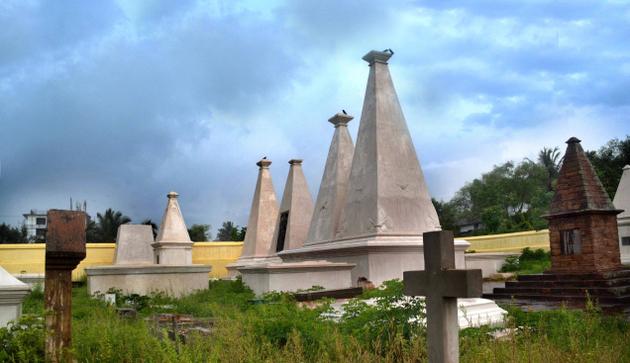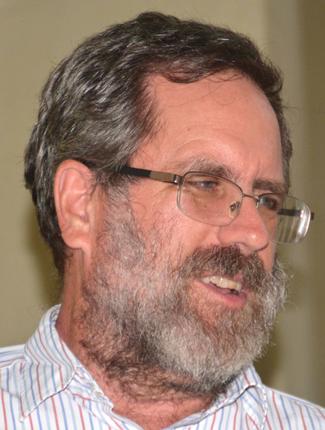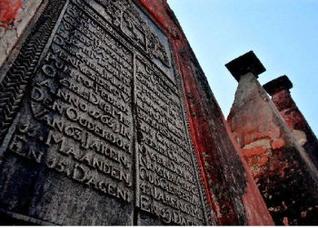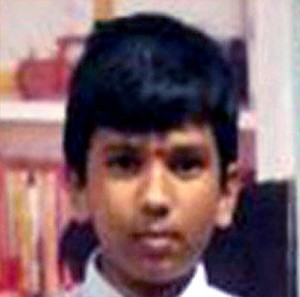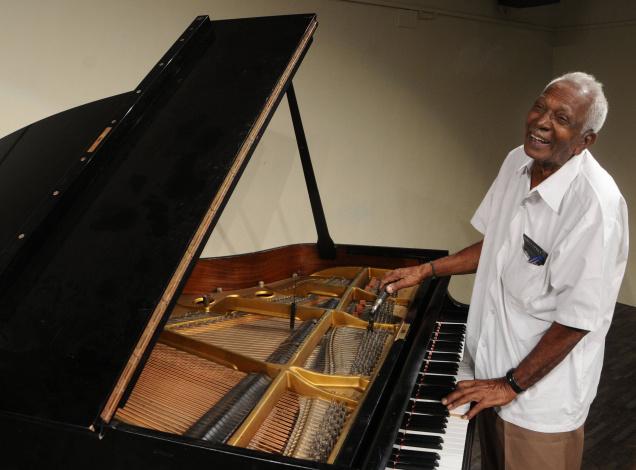
Meet S. Venkateswara Rao, Chennai’s famed piano tuner, who has given the instrument its voice for over 50 years
It’s not easy to tell exactly how old he is, because he still bustles about like he’s in his 20s, lifting piano stools, attempting to move grand pianos by himself and juggling back-to-back piano tuning appointments every day. He’s not sure how old he is either, owing to a flood that washed his birth certificate away.
S. Venkateswara Rao, a piano tuner for over 50 years, says, “I don’t celebrate my birthday, I only celebrate music.” Active and agile, he is keen to talk about himself and the glamorous cine world that surrounds him. He states dates and incidents with accuracy and yet, struggles to remember the name of people who walk up to greet him. “I’m surprised at how much trouble comes at this age,” he says, laughing.
He was born in Rajamundhry. His father died when he was five and his mother fell prey to tuberculosis by the time he turned 12. His uncle, who brought him up, was a harmonist for street theatre, which kept him in the art circle during his childhood. At 14, he was taken in by Ratna Varma in Machilipatnam, whose shop he worked and often slept in, learning to tune and make instruments. In two years, he’d mastered the art of making and repairing many string instruments like veenas, violins and harmoniums.
He moved to Madras when we was 16, at a time when trams still traversed the streets. He worked in many musical shops in the city, where he learned the technical aspects of making and tuning bigger, professional instruments.
Four years on, he got the opportunity to be a piano repairing technical assistant at Musee Musical, for a monthly salary of Rs. 60. He still works there today, as a freelance tuner, making about Rs. 1,000 for two hours of work.
To learn international tuning, he started training under Master Dhanraj, even before Ilaiyaraaja could learn from the famous music teacher. “I’m Ilaiyaraaja’s senior,” he says, smiling proudly.
Rao says there are about 3-4 other tuners in the city who he has heard about, but never met, making him quite a rarity. “You know the pianos Rajnikanth and Sri Devi play on screen? I’ve tuned those,” he says proudly, yet matter-of-factly. He emphasises that he hasn’t missed a single Ilaiyaraaja composition; he’s always the piano tuner on the job.
In 1967, Rao joined Max Mueller Bhavan and the first ever piano he tuned, was for the legendary Handel Manuel.
He has tuned for the programmes of many big names since then, including musicians Roman Rudnytsky, Billy Taylor and Chico Freeman; music directors A.R. Rahman, Yuvan Shankar Raja, and Harris Jeyaraj; and singers Unni Krishnan, Srinivas and Karthik.
He continues to tune pianos for many in the city, even as he divides his time between tuning appointments for The Music Academy, Taj hotels, The Leela Palace, Chennai, the programme VijaySuper Singers, weddings, receptions and just about any stage with a piano that requires his attention. Typically, he tunes around 15-20 pianos a month.
For the hour-and-a-half he takes to tune a piano, everything is in his control. He tunes in accordance with Bach’s technique and that has been a constant since the day he started. “Till the world ends, the technique will be the same,” he states. Everything else, however, changes.
When his wife of 50 years fell ill, it was a struggle for him and his family of five children. She suffered from diabetes for years and he spent lakhs for the treatment. And then, she died suddenly of a heart attack. “I’m alright,” he says when asked how he came to terms with her death. “Life is as it is. I give full attention only to music; nothing else matters.”
His love for music and his work takes up every inch of his life, including the time he could spend with his seven-year-old grandson. “Fine tuning isn’t possible if you have avocations,” he states plainly.
Rao does not pause to rest because the happiness he derives from work, he gets from nothing else. Yet, his work is done well before the curtain goes up.
While a guitarist plays with six strings on stage, he works with the 220 strings of a piano backstage, knowing them like the back of his hand. “This is a special technique. One town has one man,” says Rao, who for the longest time, has been tuning for this city.
source: http://www.thehindu.com / The Hindu / Home> Features> MetroPlus / by Raveena Joseph / Chennai – September 15th, 2014
